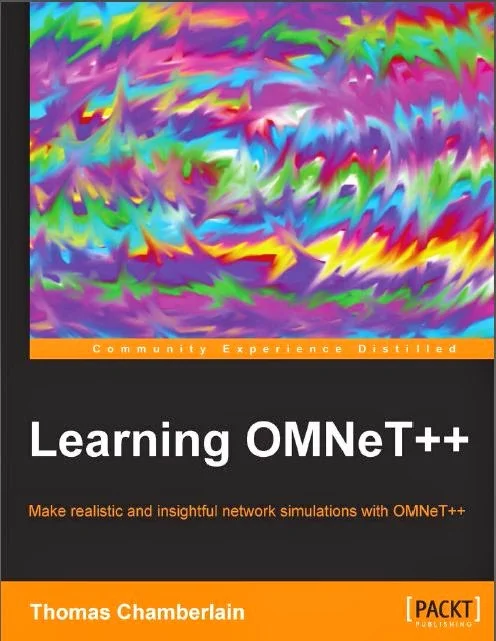This post is for the nsnam.com readers particularly those who want to learn OMNeT++. As you aware, ns2 and OMNeT++ are two software that are freely distributed and available to academics for almost free of cost.
However, when dealing with the documentation, both suffers a set back. NS has a documentation and still researchers across the world have their own way of learning. And OMNeT++ has a proper documentation, that is very huge and takes times to understand.
Packt Publishing has published a book in OMNeT++ authored by Thomas Chamberlain
You may refer the following website for http://www.packtpub.com/
You can also learn: http://www.nsnam.com/2013/12/installation-of-omnet-in-linux-mint-16.html
This book is organized in the following chapters.
T S Pradeep Kumar
However, when dealing with the documentation, both suffers a set back. NS has a documentation and still researchers across the world have their own way of learning. And OMNeT++ has a proper documentation, that is very huge and takes times to understand.
Packt Publishing has published a book in OMNeT++ authored by Thomas Chamberlain
You may refer the following website for http://www.packtpub.com/
 |
| OMNeT++ |
This book is organized in the following chapters.
- Getting started with OMNeT++
- Installing OMNeT++
- OMNeT++ Simulations
- Creating and Running simulation
- Learning from your simulation
There are just 5 chapters that are just enough for a beginner to get a grip in understanding OMNeT++. Also the book contains just 102 pages and one can learn this book within a day or two.
T S Pradeep Kumar
Comments
Post a Comment